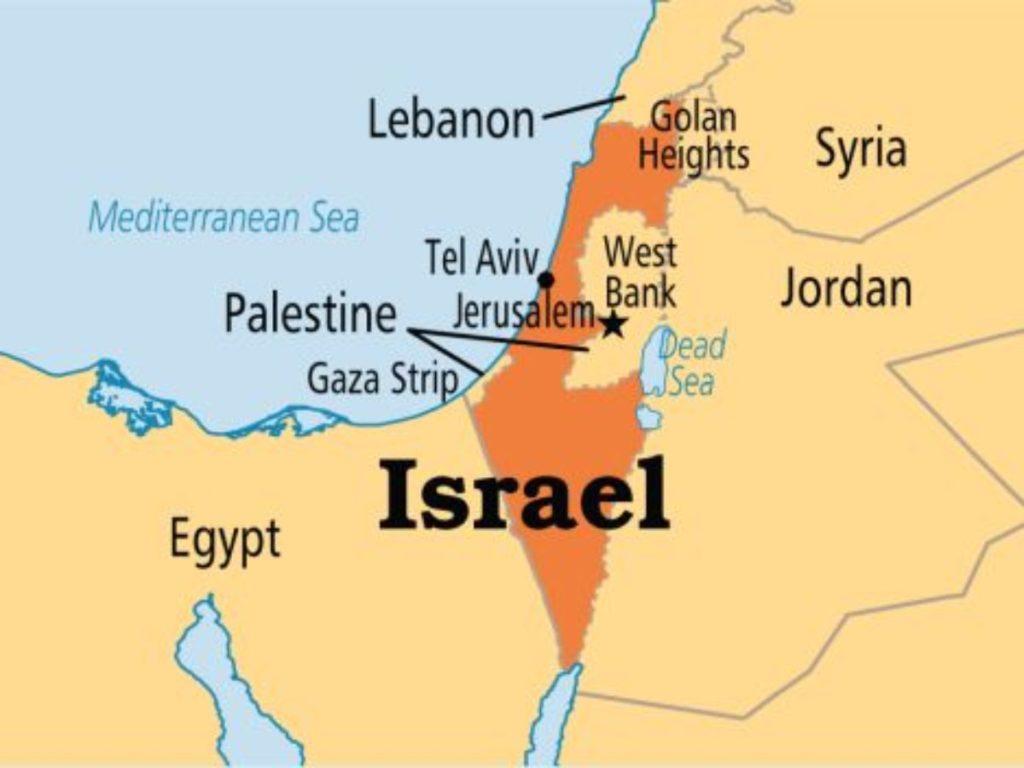
- The continued control of Hamas over the region could potentially exacerbate the existing economic challenges, leading to detrimental ramifications for the populace.
- An unequivocal demarcation of the two regions seems imperative, rendering the successful implementation of a two-state model unfeasible and prompting consideration for a three-state framework.
- Any solution entailing the legitimisation of Hamas’s authority over the Gaza Strip will pose a potential threat to Israel’s national security and territorial integrity.
The conflict between Israel and Palestine has undergone several phases, each imbuing it with distinctive complexities. Originating as a dispute between Zionism and Palestinian nationalism, the conflict primarily revolved around land ownership. Over time, the Palestinian resistance garnered support from Arab states, evolving the confrontation into a struggle between Israel and pan-Arab nationalism, which has now transformed into a pan-Islamic pursuit for liberation. While the fundamental source of the conflict between Israel and Palestine remains territorial and religious, the increasing number of adherents to each side has amplified the discord into a fully-fledged violent war.
Backed by Western liberals, Israel has found support, while Palestine has rallied its Islamic allies, infusing a multifaceted essence into the ongoing strife. The global populace finds itself perplexed as to why the Palestinian cause elicits sympathy, given its association with an extremist group. Within the Palestinian political landscape, two dominant parties, Hamas and Fatah, have vied for influence. Fatah, presently recognised as the Palestinian Authority in control of the West Bank, also originated as an armed liberation movement. The Palestinian Liberation Organization, now the Palestinian Authority, officially renounced armed resistance and opted for diplomacy by signing the Oslo Accords. This historical move led to the establishment of an interim self-governing body, intended to pave the way for an independent Palestinian State. However, prior to the formalisation of this arrangement, Hamas seized control of the Gaza Strip, exacerbating the internal Palestinian power dynamics.
Presently, three key players are entangled in the Israeli-Palestinian imbroglio: Hamas, operating from the Gaza Strip; the Palestinian Authority, representing the West Bank; and the State of Israel, positioned between the two entities. Proposals for a viable solution have centred on the two-state theory, envisioning the establishment of an independent and sovereign Palestinian state alongside Israel within mutually agreed and internationally recognised borders. Although initially endorsed in the Oslo Accords, the implementation of this solution was impeded by a series of violent confrontations between religious and nationalist factions on both sides.
The Gaza Strip and the West Bank, although both falling within the jurisdiction of the Palestinian state, exhibit striking disparities in their ideological orientations and governing structures. The Palestinian Liberation Organization, led by Yasser Arafat, notably acknowledged the legitimacy of the state of Israel and adopted a diplomatic approach in its negotiations with Israeli counterparts. In contrast, Hamas continues to adhere staunchly to armed resistance and Islamist principles. Given these fundamental differences at the leadership level, fostering any form of cohesion between the two Palestinian territories on a public platform appears unattainable. Consequently, an unequivocal demarcation of the two regions seems imperative, rendering the successful implementation of a two-state model unfeasible and prompting consideration for a three-state framework.
Nonetheless, the implementation of such a paradigm would invariably entail the legitimisation of Hamas’s authority over the Gaza Strip, thereby posing a potential threat to Israel’s national security and territorial integrity, particularly in light of its shared borders with the Gaza Strip. Furthermore, the continued control of Hamas over the region could potentially exacerbate the existing economic challenges, leading to detrimental ramifications for the populace. The persisting economic adversity, characterised by inadequate infrastructure and employment opportunities, has fostered a heightened dependence on external aid. The resultant surge in unemployment rates has regrettably contributed to the enlistment of disillusioned youth into militant factions, thereby perpetuating political instability within the region.
A comprehensive resolution to this protracted regional discord necessitates a multifaceted approach. Central to this strategy is the imperative for the secular Palestinian Authority in the West Bank to assert its authority over the Gaza Strip, employing any requisite measures for the restoration of administrative control. However, the prospect of realising a two-state paradigm remains dim amidst the prevailing circumstances.
(Sindhuri Sai is pursuing a degree in law at the Campus Law Centre, University of Delhi. Views and opinions expressed are the author’s own)
Sindhuri Sai is pursuing a degree in law at the Campus Law Centre, University of Delhi. Views and opinions expressed are the author’s own.
